Want to market your screen printing business like a maniac? You don’t need a billion dollar budget to make it happen.
Think about the biggest brands you know. It seems like they’re everywhere, right?
They’re on every social channel. They follow you around the web and appear on websites that have nothing to do with their products. They seem to have pitch-perfect messaging every time.
You think, “Well, they’re just shoveling mountains of money at the problem, I could never come close to that. Why should I try?”
Here’s the truth: there are still great ways to market your screen print shop just like the big companies do without spending tons and tons of money.
Yes – you can do this. You can market like a maniac if you’re just starting out. You can market like a maniac even if you’re a medium-sized shop with a shoestring budget. All you need is a little creativity and some time to focus your efforts.
Let’s dive in. I’ll arm you with 8 action items you can work on today that will push your marketing efforts forward.
Static and dynamic marketing: you’ll need both to succeed in today’s market
First, let’s explain the two modes of marketing that dominate today’s landscape. They are static marketing and dynamic marketing.
Static marketing is the most traditional type of marketing. It’s “set-it-and-forget-it” marketing. You create something and then put it into the world for potential customers to see:
- Business cards
- Flyers
- Postcards
- Stickers
- Billboards
- Content
Don’t overlook the last bullet point there: content marketing. This is a big one, but it intimidates a lot of screen printers.
Content marketing is still the most valuable tool that you have in your toolkit. Start with a very basic question: what do I know, and how can I share it in a valuable way?
Why does content marketing work? It leaves a long trail of evidence for your customers to follow. As the evidence adds up, your customers see that you’re an expert in your field. You offer real insights and information that don’t say you’re an expert – they show you’re an expert.
What kinds of content can a print shop create to make their static marketing efforts really pop? Here’s a couple of great ideas:
- Create a guide to running fundraisers.
- Help your customers become successful by arming them with ways to raise money and benefit their community through your merchandise.
- Interview a successful client.
- Have a great client that’s well known in your area? Interview them! Interviews are a great way to share someone else’s story and make your business look good.
- Show how a clothing brand uses your services.
- If you’re printing for an upstart clothing brand, document the process. Already print for a successful brand? See if you can’t use some of their merch in your marketing materials to tell their story and show how they’ve used your services to grow.
- Create an infographic about selecting garments and inks.
- Most customers don’t know much about t-shirts or screen printing inks. You don’t need to write a textbook! It can be brief, simple, and clear. Some shops even take the opportunity to nudge new clients toward high-end garments and inks.
- Make a detailed intake booklet for new clients that shows each step of the print process.
- Not only can you give new clients a printed version of your terms and conditions, you can show clients your printing process. Follow a job from intake through printing and delivery, documenting each step of the way.
Content marketing doesn’t require creative genius or a flashy advertising firm. You can do this on your own by thinking about it like a documentary. Start with a very basic question: what do I know, and how can I share it in a valuable way?
You need to document your shop, document your customers, document your progress – and leave the evidence for your customers to find as they discover your brand. Vividly demonstrating and documenting your expertise – rather than just talking about how great your prints, shirts, and quality are – is the long-term value of content marketing (and why we’ve invested in our own content efforts at Printavo in a serious way).
See our content marketing video for more tips for creating great marketing content that doesn’t break the budget.
Dynamic marketing is personalized, individually relevant, long-term marketing that leans on a multitude of channels to reach the targeted customer.
Here’s an example you’ve probably seen: you visit a website like Amazon and briefly check out a few products they sell, only to see those same products show up as ads on other sites. Another example of dynamic marketing: some online stores will send you discounts if you put an item into your cart but don’t check out.
Dynamic marketing’s fundamental difference compared to static marketing is that it is very specific to the individual it’s targeting. It happens because of a trigger event – that could be a specific site they visited, an action they took, a video they watched, or an email they opened.
How does dynamic marketing work? It utilizes a marketing technique called retargeting. I suggest starting with a retargeting service like AdRoll. AdRoll utilizes simple tracking cookies to specifically target users.
You can set up AdRoll to target people that visit specific pages on your website – or watch a specific video you’ve published. You can spend as little as $10 a day to ensure that you’re serving ads only to people who have a real interest in your screen printing services. I’ll show you more about retargeting shortly!
Dynamic marketing is the way to have your shop appear and reappear for your target customers. It’s the same technique giant corporations and powerful businesses use. It works.
The point here: you need both dynamic and static marketing to break through to your customers. Customers need to see your brand over and over before they make a decision to go with you. Each, on its own, is good – but both are how to push through the noise and get your message heard.
Now, on to the action items. Let’s start marketing like a maniac!
Marketing for screen printers: 8 action items
Here’s the action items you can tackle today to jumpstart your marketing. These steps are how you’ll generate real interest in your brand’s story, use your customers to help you get new customers, and make real connections to your community that have long-term dividends.
Action item #1: Start focusing on the exact type of customer you’re trying to target.
Type of marketing: Static
Time to execute: Minimal
Cost: Free
To take this further: Perform some demographic research
Casting too broad of a net means you’ll spend a lot of time rejecting jobs (or worse, taking on jobs that don’t really move your business forward).
So don’t try to take on every single customer and print every single job. Find customers that progress you toward your goals. Find the businesses you like and want to work with. Find the printing techniques you’re most interested in. With each successful job, you’ll develop better skills at handling that specific type of business.
Really focus on the exact type of customer you want to print for. This narrows your marketing efforts, allowing you to advance toward your long-term goals with less marketing overhead.
Need some ideas for who to print for? Here’s 101 ideas for businesses to target.
Action item #2: Go where your customers go.
Type of marketing: Static
Time to execute: Significant ongoing investment
Cost: Varies depending on the channel
To take this further: Use surveys and direct questioning alongside basic research about your customers and their businesses
“If you’re not talking to your customers, who is?”
The #1 way to get in touch with current and potential customers is simple: go where your customers are. That doesn’t always mean you have to be on the ground at every single event, though. You can be present through sponsorships, banners, or even charitable donations.
Some successful ways print shops have marketed their businesses:
- Trade shows. Don’t limit yourself to ISS or screen printing trade shows. Find out where your best customers like to go. Industry-specific trade shows can be a great way to find lookalike customers.
- Online communities. Forums, Facebook Groups, Instagram hashtags, YouTube channels and more are great ways to start building an online following. Engage and really try to speak their language. Even commenting with a useful tip and sending a PM with a link to your site is helpful.
- Events. Concerts, festivals, parades, athletic tournaments, marathons and 5K races. You’ll get your brand out there, connect with people while they’re having fun and build a reputation in your community.
Once you know your customer, you can get closer to them by engaging in the same social activities they do. This isn’t just fun, it’s genuinely valuable networking and marketing.
A great example of a small shop that’s found their niche: Lee Stuart loves motorcycling, so he prints for motorcyclists!
Action item #3: Write a detailed persona for your ideal customers.
Type of marketing: Static
Time to execute: 1 to 2 hours, with occasional revision
Cost: Free
To take this further: Partner with a marketing or branding firm to develop even more robust customer personas. Profile your existing customers and cross-reference their traits against potential customers.
Way too many print shops have no idea who their ideal customers actually are and what they’re actually like. This doesn’t mean they don’t know who their “big spender” customers are. It means they don’t have a clear definition for who would really love to work with them (and who they would really love to print for). Here’s the coolest part about customer personas: you get to choose.
What should a customer persona have? Several key details:
- Age, gender, income (if a person)
- Size, industry, revenue (if a company)
- Interests, and any relevant influencers
- How you add value to this customer
- What this customer wants and needs
- Their pain points
- What motivates them to purchase (cost, timeliness, quality, etc.)
- Where this customer goes to have fun
- An estimate for how large of a market this may actually be
You don’t have to be extremely detailed. Nor do you need a lot of data to make this happen. Customer personas are constructed with an eye toward understanding what makes customers tick, what gets them excited, and how you can talk to them.
Writing a detailed, specific customer persona will keep you accountable in your marketing efforts and let you define your exact niche.
TIP: Avoid too many personas. Most businesses don’t need more than three specific personas to really sharpen their marketing efforts.
Action item #4: Ask for referrals.
Type of marketing: Static or dynamic (depends on your implementation)
Time to execute: Ongoing, but not time consuming. Less time with automated follow-up emails after orders
Cost: Free
To take this further: Offer a rewards program for referrals
You HAVE to ask your customers for referrals.
It doesn’t take much. A simple email like this will work wonders:
“Hey [Name],
Thanks for working with us! We are thrilled to print for you.
I was curious – is there anyone you could refer us to that would be a good fit for our services? Do you have any friends, or know any businesses, that are looking for custom apparel too?
We would love to help them just like we helped you.
Thanks again,”
This is so much less effort than direct marketing.
Here’s why: referred customers are less skeptical – and more interested in your services – than completely new leads. Since someone they know has already introduced and vouched for your business, you have much less work to introduce your brand and your services.
Referrals are truly valuable. They cost you virtually nothing and leverage human group psychology. But you have to ask!
Action item #5: Get reviews from your customers.
Type of marketing: Dynamic
Time to execute: An ongoing, but extremely valuable, time commitment of several hours per month
Cost: Free to start, but there are paid services to help streamline this process
To take this further: Utilize a service to help you generate positive reviews and handle bad reviews before they happen (like ReviewerPro)
Reviews are the BIGGEST way to use social proof to boost your brand.
What’s social proof? It’s the reason you see logos from other, bigger companies on websites across the internet: the presence of trustworthy brands and notable logos bolsters credibility.
Reviews are like social proof on steroids. The Spiegel Research Center says 95% of customers read online reviews before they even consider a purchase! If you have no reviews, customers have no way to know if you’re for real.
Once you’ve locked down your basic review funnel, you can get creative. Reviews can extend beyond Yelp and Google. Here’s some examples:
- A featured customer testimonial
- A video of an event you sponsored or printed for
- Local press articles and news shows
- Logos from clients you’ve worked with and a brief quote from them
The easiest way to solicit reviews – and actually get them – is to make a follow-up email asking for a review during every job’s post-production process. Do not miss an opportunity to get a good review. The value is astronomical.
Need social proof, but don’t have notable clients? Here’s a cool hack: put the logos of the apparel brands you print on directly on your website. This bolsters your credibility, improves your professional image and is 100% genuine!
Action item #6: Set up retargeted advertising.
Type of marketing: Dynamic
Time to execute: Initial setup takes a few hours and some cut-and-paste website coding work
Cost: You determine your own budget. $10-$20 per day can drive amazing results
To take this further: Utilize AdRoll and PerfectAudience
There is an old adage in marketing called the Rule of 7. It’s basically this: customers need to see your brand 7 times before they will take action. But it has to be the right kind of message to actually “break through.” Spam, obvious advertisements, and hard-selling your products doesn’t count. Those techniques make it harder to break through.
You want to say the right things, at the right times, in the right way, to the right people, every time. Impossible, right?
Not so fast. There’s retargeted advertising.
How does retargeting work? You retarget customers by selecting specific pages on your website that indicate interest, then placing a tracking cookie on those pages. As your potential customers browse their favorite websites, targeted advertisements will be served to them. Your brand and advertisement will appear again and again only to the exact people you want to print for and without your direct input.
For example, we’ve talked to shops that target people when they’ve put items in their shopping cart but not checked out. Some shops use their Quote or Inquiry page as their retargeting hub. Others utilize Facebook retargeting to serve ads to people that have interacted with their posts. We’ve even had success at Printavo by utilizing retargeting on our most popular blog posts!
Retargeted advertising is a massive and easy win. It doesn’t break the budget, it targets only people that have an actual interest, and it’s extremely flexible.
Action item #7: Collect email addresses – and use them.
Type of marketing: Dynamic
Time to execute: Requires an initial setup and ongoing contributions. Likely less than 4 hours a month once started
Cost: Varies according to your email marketing provider. Typically under $200/mo for a professional suite of tools
To take this further: Utilize MailChimp or Intercom to build robust email campaigns with personalized messages
You MUST build an email list. A really great email newsletter is a reliable tool for staying in contact, building personal relationships and softly reminding customers about your services.
Ideally, you’ll invest the time to sending several messages a month. But what should you send?
We recommend a tactful storytelling approach to your newsletter. Here’s some examples:
- Shop updates. New techniques, inks, garments, employees, or great prints you’ve done lately. Show you’re an expert.
- Tell your story. What events, clients, and exciting news is there to share? Get people engaged and show off the fun things you’ve involved with.
- Pique interest. Don’t be afraid to use the curiosity gap if you’ve got something really interesting to share. Just don’t lean on that tactic over and over, as users won’t trust your content if you burn them.
- Valuable insights. If you’ve learned something new, share it. Did you try a new marketing tactic? Maybe you met with a local leader and gained some insider info? Don’t stop there – arm your customers with relevant info about how they can bolster their own business.
Whatever you do, don’t just be another spammy email in their inbox! Refine your voice and your brand’s message through your newsletters and email campaigns. Email remains a great opportunity to create a long-term conversation.
Action item #8: Be the Mayor.
Type of marketing: Dynamic
Time to execute: An ongoing investment
Cost: Your choice
To take this further: Consider how you can become a community hub instead of another business
What’s this mean? Lead your community. Be the center. Think big and act locally.
Can you host a marathon or a 5K? Have a cookout? What about an open house at your shop, or a free print day? How about sponsoring a local event? Is there a hobby you already have that your shop can take part in?
Being the Mayor means leading.
Leadership is surprisingly scarce – it’s difficult! But the print shops that rise above the fray find ways to integrate into the communities around them. They become a resource rather than a business. They partner with their customers and ensure their success. But most of all, they do things in the long-term interest of their community.
This has to be genuine. It has to be real. It has to be something that you do for a long time, with good intentions, in a patient and persistent way. Anyone can print a t-shirt. Only a true leader can develop their business as a hub of community activity. That’s how to become the Mayor for your community.
REMEMBER: this won’t happen overnight! Take the long-term view, be consistent, and keep fighting hard during your worst times. Marketing only works when you invest serious time into it. So start marketing like a maniac if you want to grow!
Want to learn more about marketing, sales, and making profit an automated part of your business?
Join us at PrintHustlers Conf 2019 on July 12-13 in downtown Chicago!
We’ve got Ryonet’s Ryan Moor, Profit First author Mike Michalowicz, industry expert Mark Coudray and many more speakers that will share candid insights and actionable strategies to grow your business. It’s a can’t-miss event for anyone interested in making their print shop into something that will last for years and years.
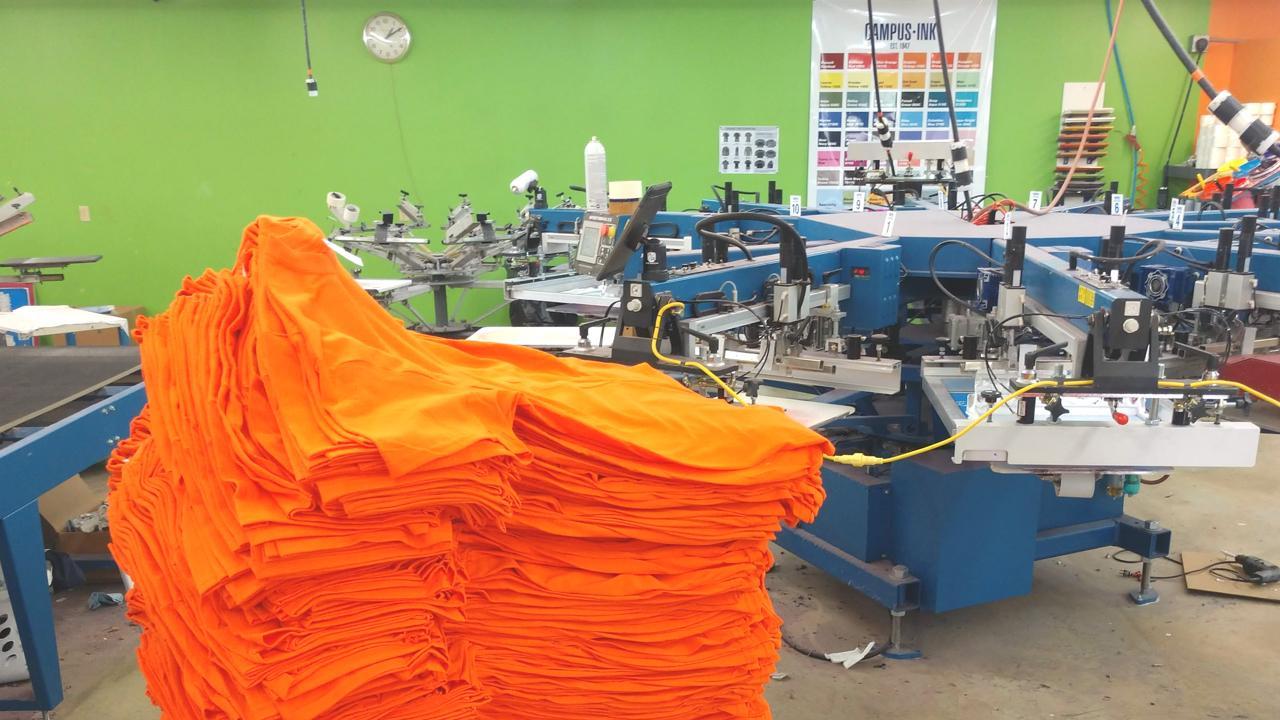
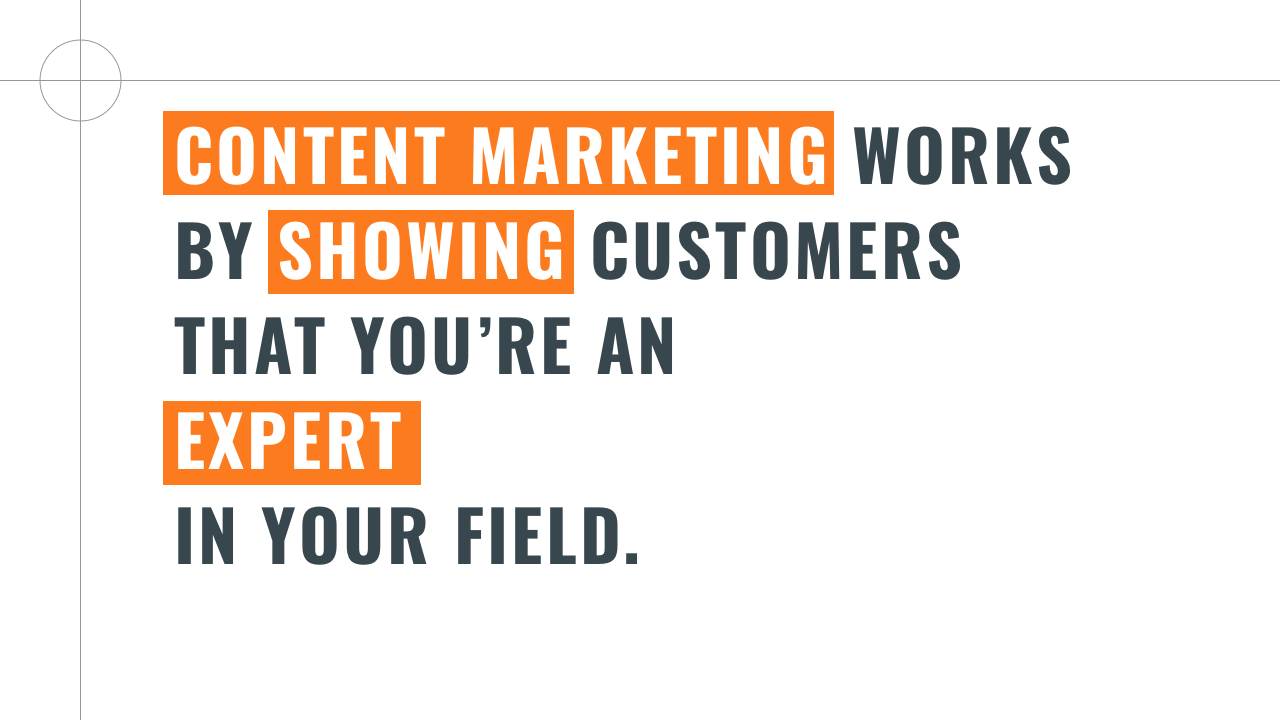
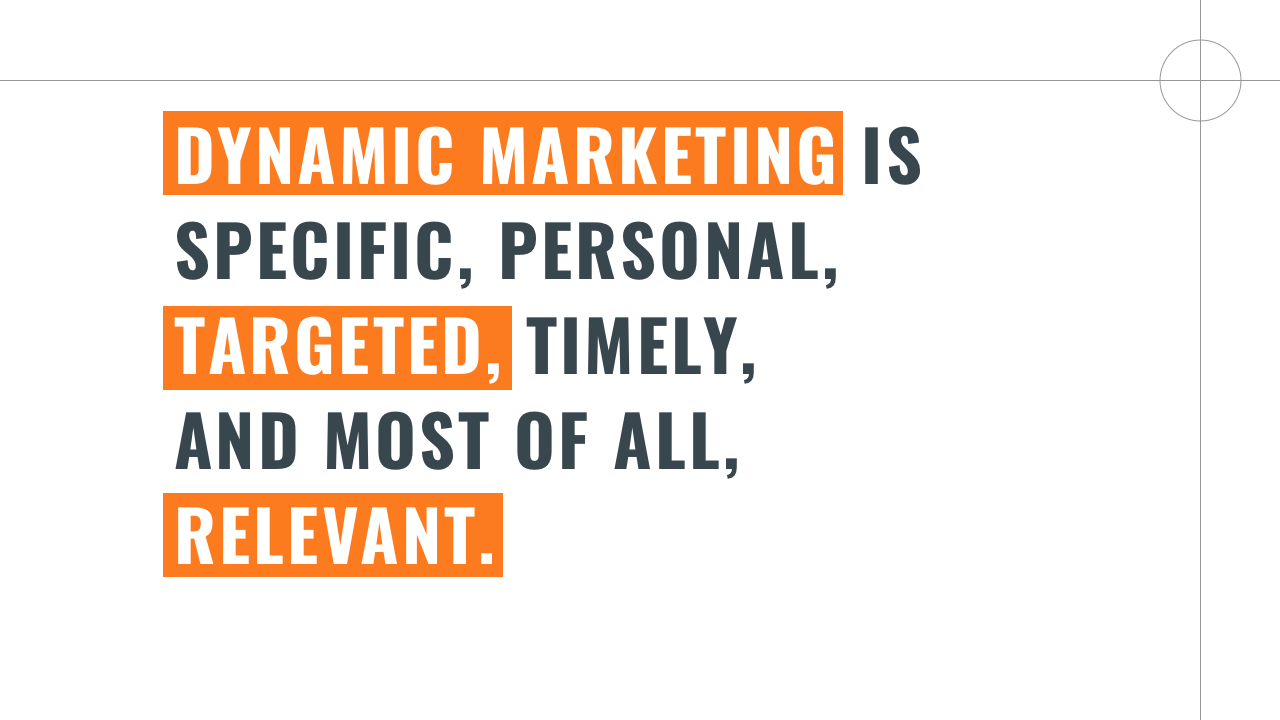
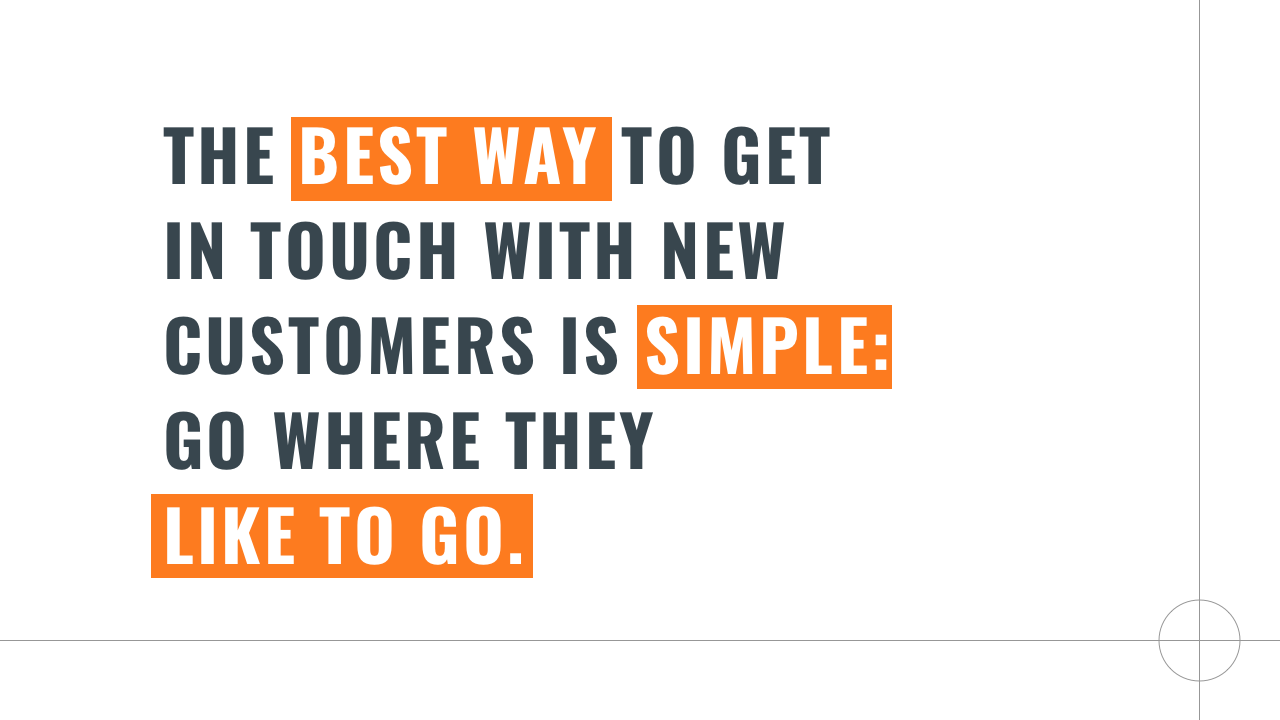
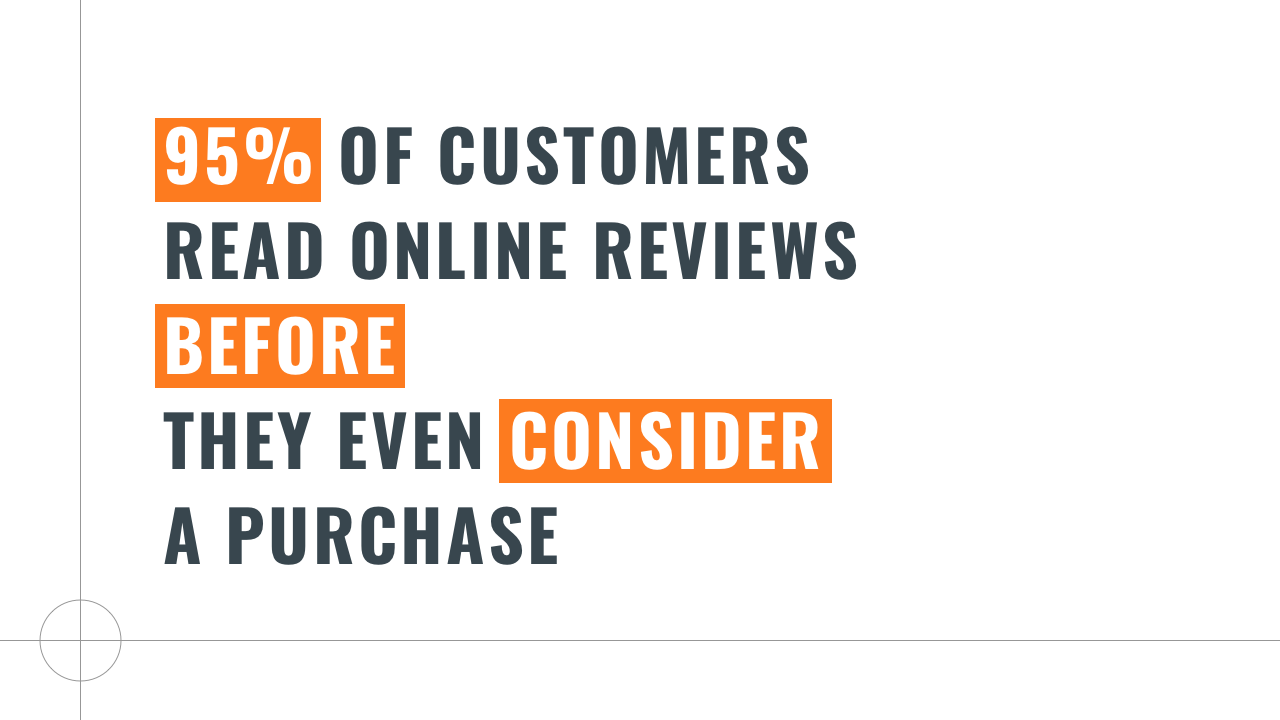
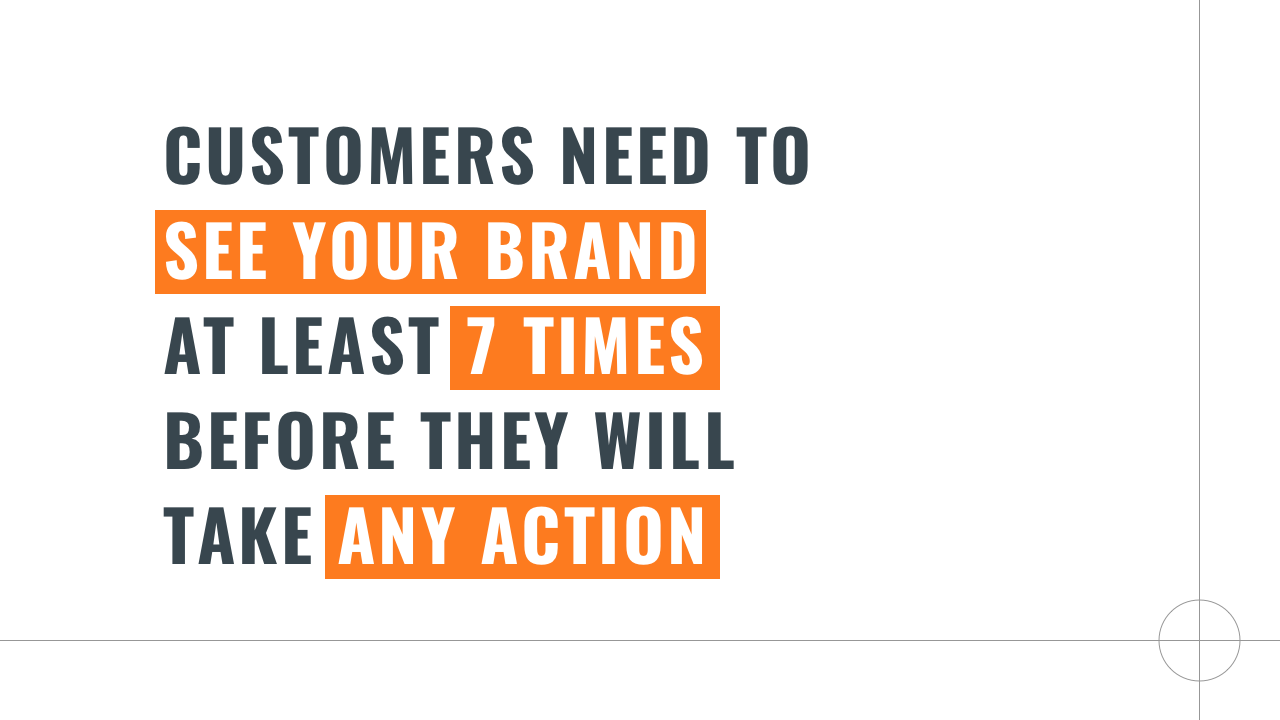
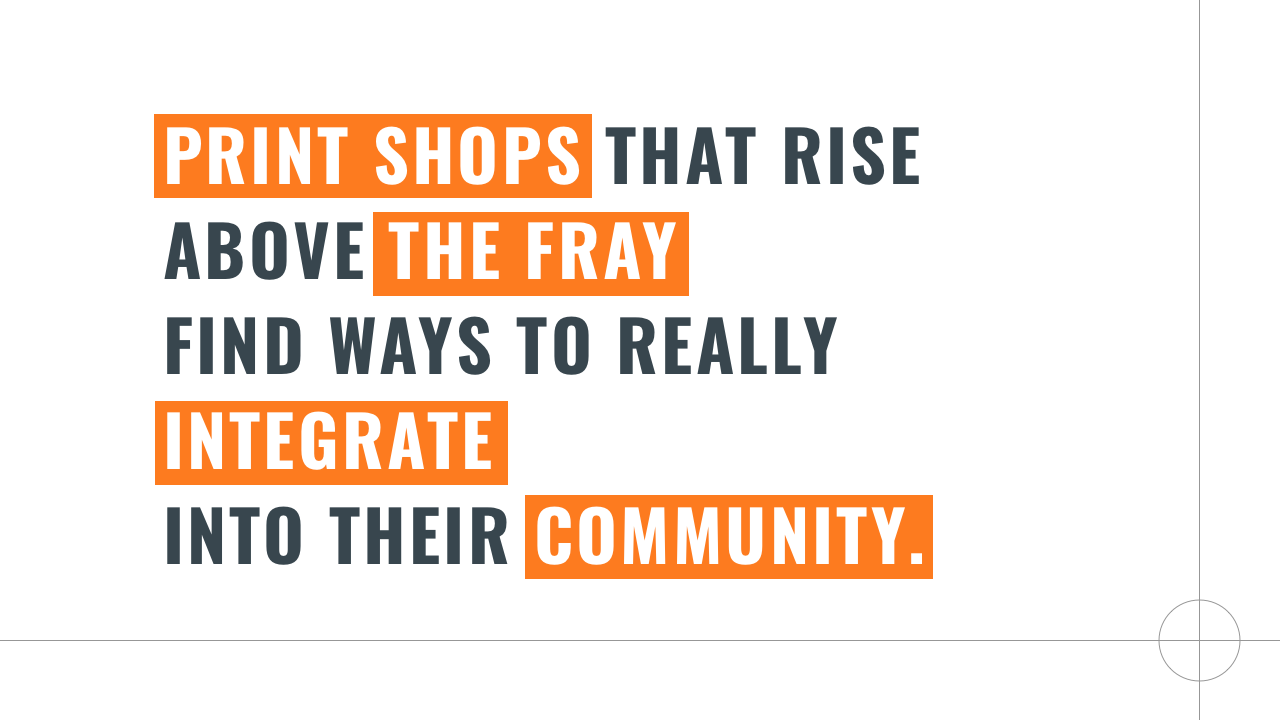
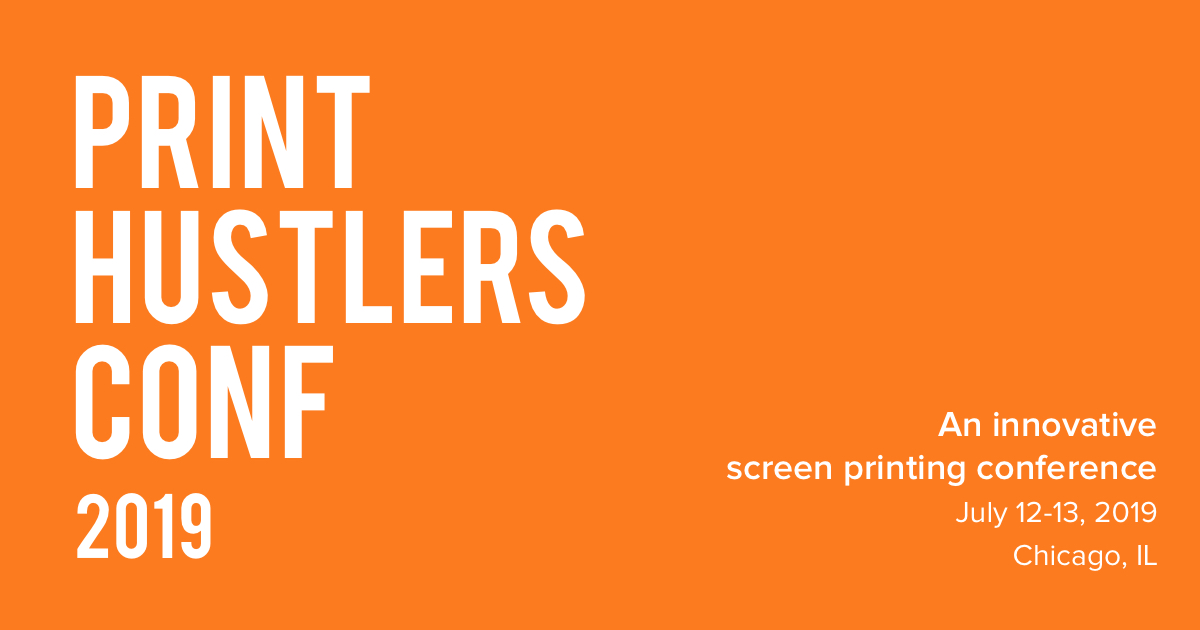

0 Comments